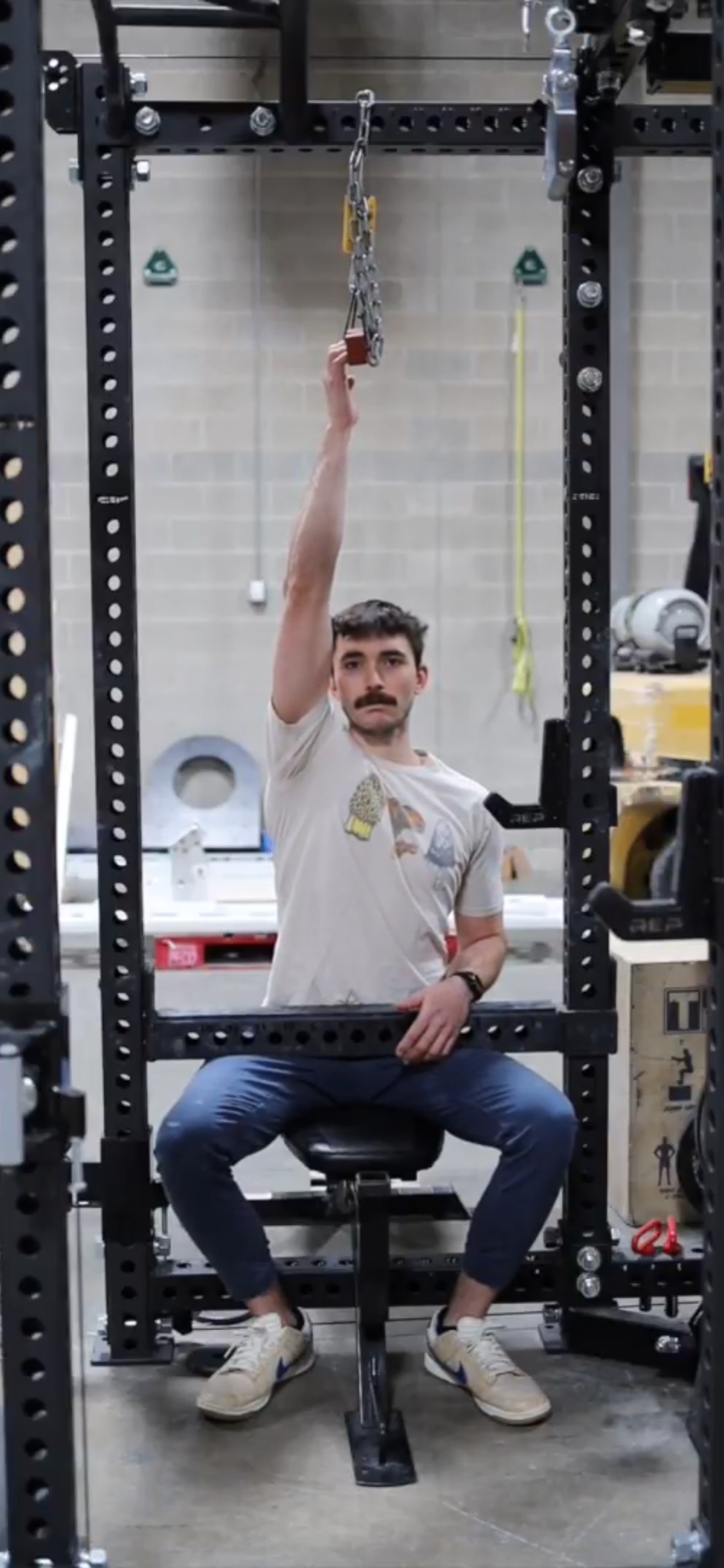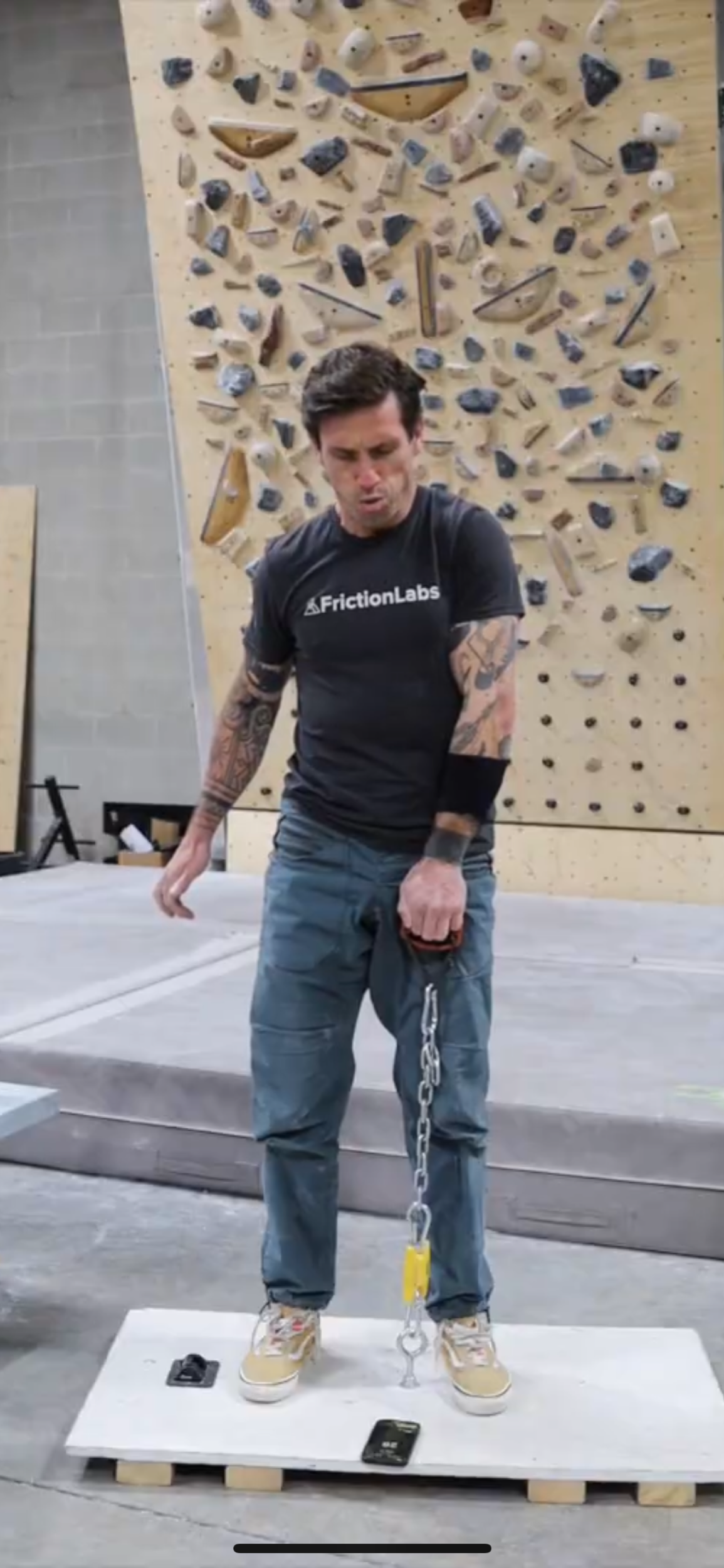Upper Extremity Testing / Training Course Recording




Upper Extremity Testing / Training Course Recording
There’s a lot of information out there on how to test a climber’s physiology. The most recent scientific review papers would suggest that there are no definitive answers for what a coach should do because of this.
This recorded course covers what I’d consider the most up-to-date recommendations for assessing a climber’s performance. Participants will want access to the Tindeq Progressor (or other strain gauge like the force board), a no-hang edge/device, and a way to attach it both overhead and to the floor.
This course will also cover power (velocity with the Vitruvefit) output and muscle oxygen saturation (SmO2) with testing, but more as a means to demonstrate physiologic outcomes than because they are necessary for participation.
Topics we will cover are the following.
Maximum strength testing - understanding and differentiating between yielding and overcoming isometrics. What does a disparity in force mean, the adaptations we expect, what the science suggest, and the various tools we can use to train the hand and fingers?
Rate of force development testing: comparing the difference between power and RFD on the climber's upper extremity and hand. What does the research suggest is different between elite vs. entry-level climbers? What percentage of an athlete's max should they access quickly? How can we optimize these adaptations? For this portion, we will use both the Tindeq Progressor and Vitruvefit encoder.
Muscular endurance training involves differentiating how to test and train anaerobic power, anaerobic capacity, and aerobic capacity off the wall. For years, climbers have been prescribed lower-intensity repeaters on a fingerboard.
In this portion, we will use the Tindeq Progressor and the NNOXX SmO2 monitor to challenge the idea that this methodology doesn’t provide as much muscle stress as you might think. We will also show you how to test each type of endurance on the fingers and how to target them with training.
This course will be sent to you via Google Drive once purchased.
